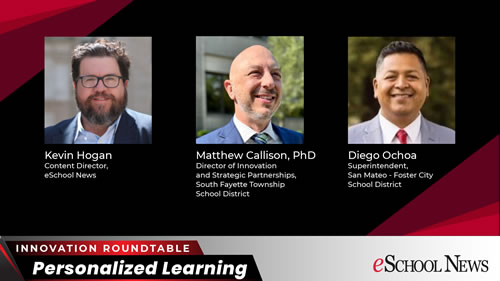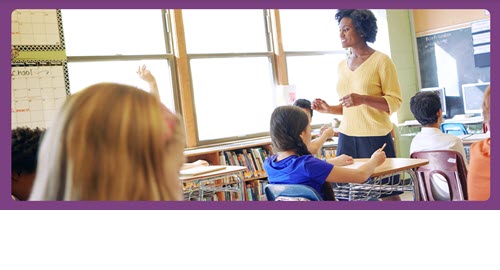[ad_1]
Classroom technology is essential, and nothing made that more obvious than the COVID-19 pandemic that forced learning to go virtual and hybrid. Technology upgrades help make students feel included and achieve their full potential. But funding for classroom tech tools is always a challenge.
Funding challenges aren’t impossible to solve, however. Join a panel of experts who, during this eSchool News webinar, will explore the most relevant technologies to help you upgrade your district’s classrooms and enhance learning for all students.
You’ll also learn about the key ways schools can access funding for these critical upgrades by understanding new federal sources, important timelines, and the checklist you need for ensuring your highest chances of funding success.
In this exclusive webinar, you will discover:
• The 3 major classroom technology trends
• How new technology benefits engagement, inclusiveness and social emotional learning
• How to access funding from stimulus programs and annual federal education sources
• How to expand technology from the classroom to the campus for a total technology solution
More from eSchool News
Selecting instructional strategies and supplemental resources for supporting student learning recovery shouldn’t be a guessing game. District and school leaders seeking to address learning loss and accelerate growth must consider the importance of evidence-based practices: instructional skills, techniques, and strategies that a study or experiment has shown to be effective.
The COVID-19 pandemic has presented education with challenges and opportunities. On one hand, the massive move to digital learning and one-to-one programs has accelerated districts’ plans for edtech adoption. On the other, state and district leaders must ensure safe learning environments as schools strive to remain open—and paying attention to indoor air quality is critical.
[ad_2]
Source link





















